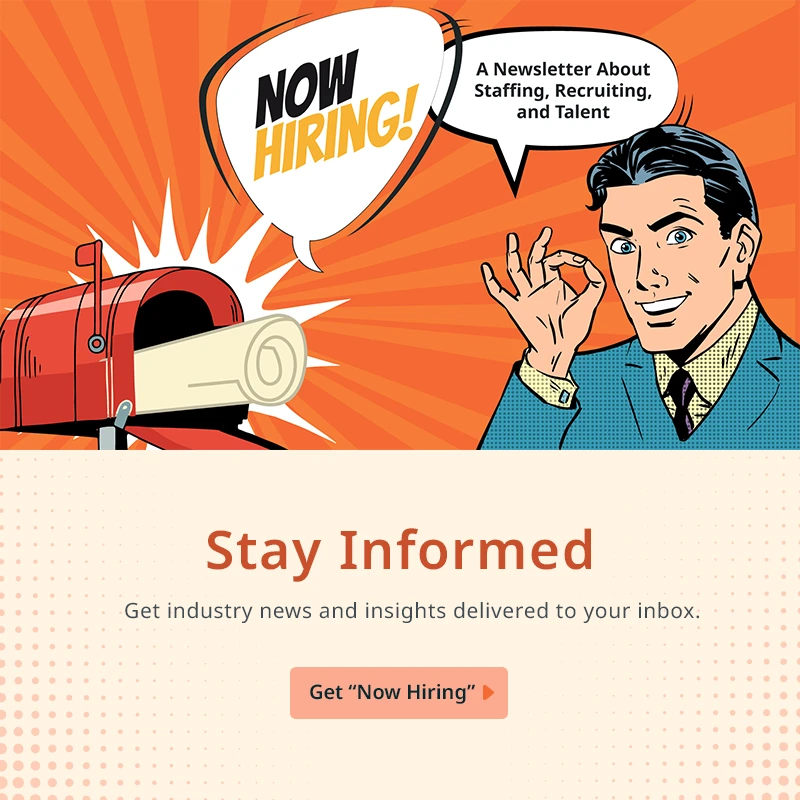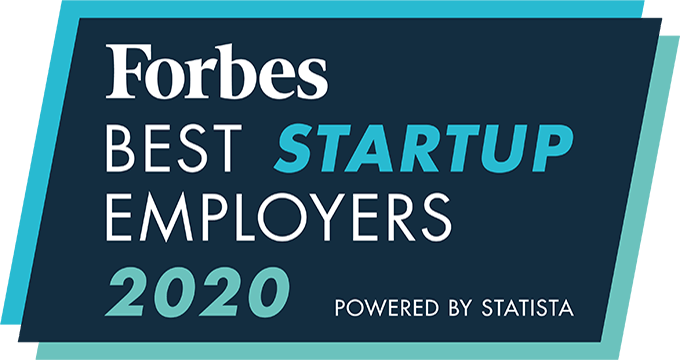This article was originally published on March 4th, 2021 in Forbes. Find the original publication here.
There are many strategic advantages an organization can gain by building its own talent pipeline ecosystem. For starters, it’s an excellent way to build a strong diversified workforce. While diversity goals and initiatives may have once been considered a fad or window dressing by some within the business community, the value of diversity and its positive impact on the bottom line is now a well-proven fact — a fact that’s well understood by more and more large global companies.
By curating and building a pool of diverse candidates, businesses are better poised to engage with various customers and stakeholders within the communities in which they operate. If you’re not engaging local diversity councils, veterans, women’s forums or other diverse demographic groups, your talent pool will be missing out on critical sources of the kind of talent it takes to succeed in today’s global marketplace.
A talent pipeline is not simply a repository or database of the resumes corporate has collected. Instead, it’s a critical corporate asset that must be actively nourished. A talent pipeline is a living and breathing community of highly credentialed talent in which your HR and recruitment leaders are constantly submerged. A highly engaged talent pool is statistically much more likely to respond positively to the opportunities you present because of a friendly prior engagement.
These prospective fits are already aware of your organization’s brand value and understand how your company works. While a talent pipeline must be curated from various sources, having a talent engagement team that has already established relationships within your own pipeline will drastically reduce the need to source talent from third-party staffing agencies. By pre-emptively curating candidates with compatible technical and personal traits for future predictable job requirements, your organization will be able to more quickly hire the best talent at the best price. This leaves time and additional resources on the table that can be used for other necessities like onboarding your hires instead of outsourcing recruitment.
Once your organization understands the value of a talent pipeline ecosystem, it’s also important to understand what it should look like. For example, when we talk about the obvious need for diversity, it’s critical to apply the concept of diversity to the various types of hires. After all, your total talent universe comprises full- and part-time hires, temporary hires, and a freelance workforce, so you must be prepared to develop your sources appropriately. For example, temp hires can be curated through job boards and staffing agencies, while full-time hires are typically found via passive candidate sourcing, employee referrals, and your pool of former employees.
It bears mentioning that the most powerful tool you can have when it comes to building your talent pipeline is a talent container, which you can read about in further detail here. In a nutshell, a talent container is a database of curated candidates from a multitude of your talent sources. This should be your very first step and a major milestone in building your talent pipeline strategy.
So, let’s imagine you’ve already convinced your organization of the value of developing a real talent pipeline ecosystem and you’ve taken the first step by building your talent container. What’s next? There are three key steps:
1. Identify All Your Talent Sources & The Tools You Need to Manage Them
It’s very typical for enterprises to have multiple sources to curate talent across all business units. Typical talent sources include your company’s career page (where candidates can apply directly), paid job boards, employee referrals, supplier candidates, passive candidate sourcing (e.g., LinkedIn, Dotin, etc.), career fairs and campus recruitments. The biggest challenge enterprises have today is to collect all of these sources into a single database or talent container by integrating all your disparate enterprise systems together to collect all your candidate data. If you look at these data sources carefully, each of these sources typically belongs to your HR or procurement departments.
2. Categorize, Tag, Sort, & Keep the Data Organized
Once all candidate data is curated from your various sources, it should be tagged and organized by primary skill set, location, employment preference, pay rate, industry expertise, years of experience, immigration status (if applicable) and many other useful categories that will help you sort and rank candidates. The more structured candidate data you have, the more accurate your candidate-sorting and ranking process will be.
3. Build a Talent Persona — Including Technical Skills, Job Fitment, & Personality Traits
The most important part of candidate analysis is to conduct a technical and job fitment analysis. Finding and curating talent is important, but it’s only the first step in your pursuit of talent. Your next task is to assess a candidate’s fitment for the job. Perfect candidates need to have both technical skills and personality traits matching the job as well as your organization. Typical job descriptions might easily match keywords with candidate resumes, but a more sophisticated approach should include various technical factors such as frequency of keywords, geocode location mapping, keyword relevancy matching, and other means of analysis. Sophisticated algorithms are capable of mapping personality traits to job descriptions in order to identify candidate fitment in terms of engagement among teams, candidate resilience, and work from home compatibility — and those are just a few of the many candidate insights that technology can provide to help you find the best talent for the job. With the right tools, you can easily structure a persona that will deliver exceptional candidates from your pool of candidates.
While all of this might sound like a huge undertaking, that’s where technology comes into play. Fortunately, HR and recruitment innovations have come a long way since the days of metal file cabinets and over-stuffed Rolodexes. AI grows more powerful by the day and is required — along with an advanced ATS — to drive such a complex process. So, before you pitch your talent pipeline strategy to the CEO, make sure you invest in the right technological tools.









